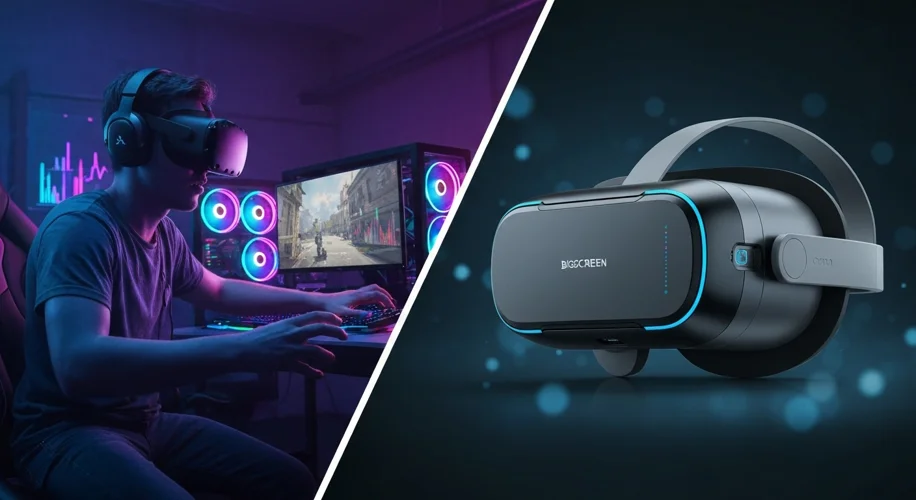Alright, let’s talk Virtual Reality. If you’re diving into PCVR, you know that sometimes, even with a beast of a rig, things can feel a little…laggy. Let’s fix that. Optimizing your VR experience is totally doable, and it’s not just about cranking up the settings.
First off, let’s talk drivers. Always make sure your graphics card drivers are up-to-date. Seriously, this is the low-hanging fruit that makes a huge difference. NVIDIA and AMD both put out regular updates that can seriously boost performance in VR apps.
Next up, check your rendering resolution in your VR software (like SteamVR or Oculus Home). Running at a super high resolution might look sharp, but it can tank your frame rate. Try dialing it back slightly. You might be surprised how much smoother things feel without a massive visual downgrade. It’s a balancing act, for sure.
Another trick? Close background apps you don’t need. Spotify, Chrome tabs, anything that’s eating up CPU or GPU power. Your VR headset deserves all the processing power it can get. Think of it like giving your PC a dedicated lane for your virtual adventures.
Now, for the enthusiasts out there, let’s touch on some high-end hardware. We’re seeing some wild stuff. Take the Valve Index, for instance. It’s been a staple for a reason – great refresh rates, solid tracking, and those finger-tracking controllers are still pretty unique. But then you have newer players like the Bigscreen Beyond 2. This thing is tiny, custom-fit to your face, and packs a serious visual punch with micro-OLED displays. It’s for people who want that absolute peak immersion and are willing to invest. The trade-off? It’s often PC-tethered and can be pricier.
What’s next? We’re looking at lighter, more comfortable designs, higher-resolution displays that make screen door effect a distant memory, and even better eye-tracking. Imagine headsets that automatically adjust settings based on where you’re looking or controllers that feel even more like your actual hands. The goal is to make the tech disappear so you can just be in the experience, whether that’s for gaming, creative work, or connecting with people.
It’s a rapidly evolving space, and while the cutting edge can be expensive, the advancements are genuinely exciting. The quest for that truly seamless, indistinguishable-from-reality VR experience is on, and honestly, I can’t wait to see what’s around the corner.

